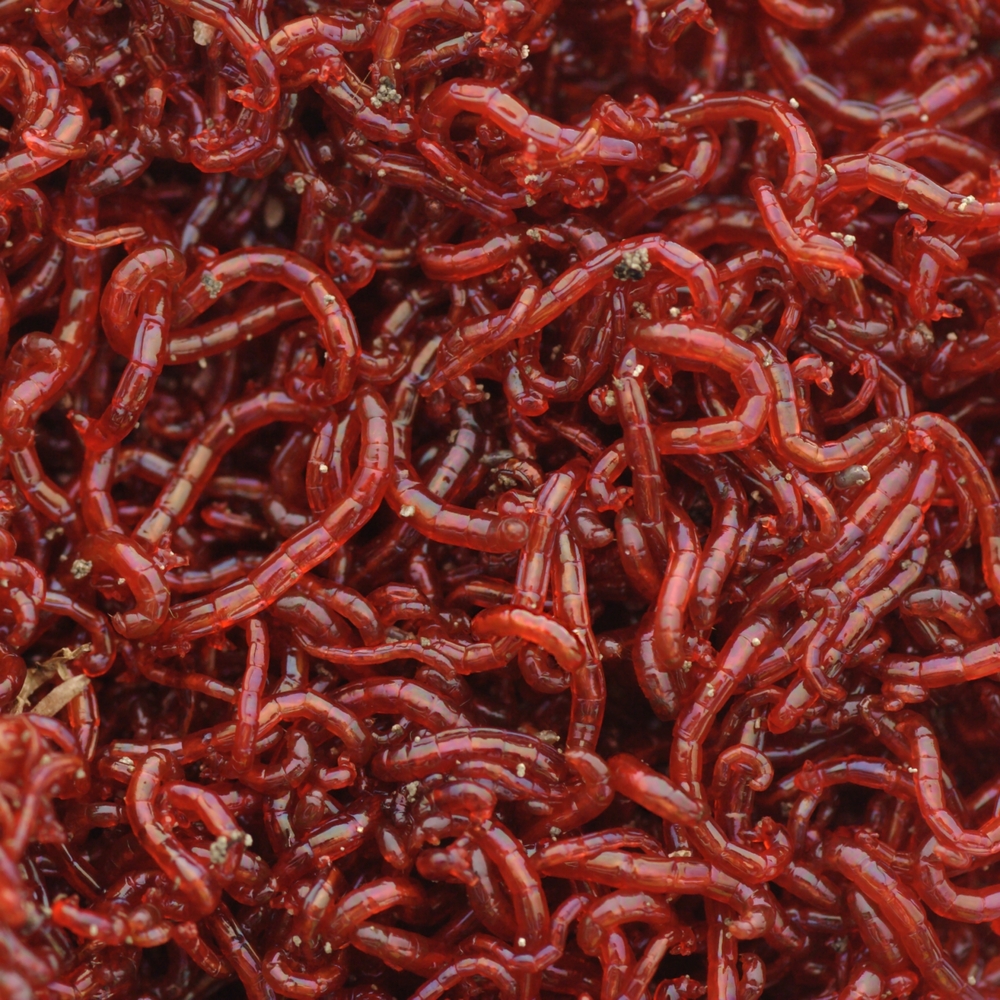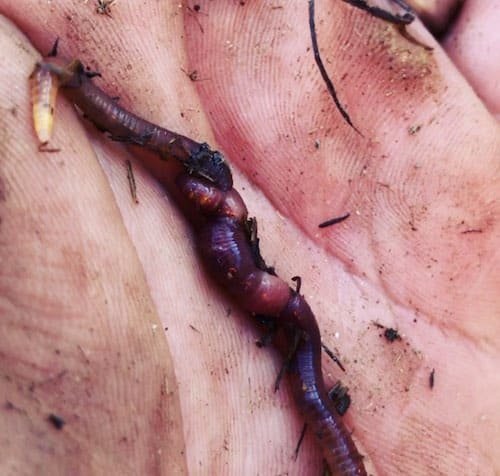Why Red Wigglers Are the very best Selection for Your Composting Demands
Red wigglers have actually become a superior selection for composting due to their impressive capacity to efficiently disintegrate raw material while producing high-grade worm castings. Their adaptability to numerous environments permits versatile applications, making them appropriate for both urban and rural composting setups. The nutrient account of their spreadings dramatically benefits dirt health, advertising sustainable horticulture methods. The trip to effective vermicomposting involves more than just obtaining these worms, and recognizing the ideal conditions and mistaken beliefs bordering them is crucial for maximizing their possibility.
Advantages of Red Wigglers

Red wigglers flourish in a variety of problems, making them adaptable to various composting arrangements, from tiny containers to bigger systems. They master vermicomposting, where their task produces a premium end product referred to as worm castings, rich in useful microbes and nutrients essential for plant development. This natural fertilizer promotes dirt health and wellness, improves dampness retention, and boosts plant durability against pests and conditions.
Additionally, employing red wigglers can dramatically minimize methane emissions associated with land fill waste, contributing to environmental sustainability. Their simplicity of care and marginal maintenance demands make them appropriate for both newbie and skilled composters. Inevitably, incorporating red wigglers right into your composting method not only cultivates effective waste management however likewise boosts the top quality of your garden compost.
Perfect Composting Problems
Developing optimum composting conditions is necessary for optimizing the efficiency of red wigglers in breaking down raw material. These worms grow in a regulated setting that resembles their all-natural environment, which mostly contains wet, dark, and well-aerated spaces. To accomplish this, keeping a temperature variety of 55 ° F to 77 ° F is critical, as extreme temperature levels can inhibit their activity and even lead to death.
Additionally, the composting tool need to be maintained loosened and aerated, permitting correct air movement. This not only profits the worms however additionally help in the break down of natural products. By ensuring these perfect conditions, composters can produce a flourishing ecological community that boosts the performance of red wigglers, ultimately resulting in rich, nutrient-dense garden compost.
How to Start Vermicomposting
Starting vermicomposting is a simple procedure that can generate significant benefits for both your garden and the atmosphere. To start, select a suitable container, such as a plastic bin or a wood box, ensuring it has ventilation holes for airflow. A size of about 15 to 20 gallons is perfect for small-scale operations.
Following, prepare the bed linen product, which need to be a blend of shredded paper, cardboard, and coconut coir. This bedding supplies a comfy habitat for the worms while preserving moisture. Purpose for a bed linen deepness of about 4 to 6 inches.
When the bedding is ready, introduce red wigglers right into the bin. A populace of around 1,000 worms is adequate for processing cooking area scraps properly. After including the worms, incorporate a balanced mix of environment-friendly materials, such as fruit and veggie scraps, together with brown materials, like dried fallen leaves.

Nutrient-Rich Castings
Rich in crucial nutrients such as nitrogen, phosphorus, and potassium, worm castings supply a balanced resource of fertility that improves dirt structure and promotes healthy plant growth. Furthermore, they have advantageous microorganisms that additionally improve dirt health, aiding in nutrient absorption and disease resistance.
The slow-release nature of worm spreadings makes certain that nutrients are available to plants over a prolonged duration, lowering the danger of nutrient leaching and hence adding to lasting horticulture methods. Unlike artificial fertilizers, which can bring about soil deterioration gradually, worm spreadings boost the dirt's physical, chemical, and biological properties.
Because of this, incorporating red wigglers into your composting efforts not only reduces waste however additionally generates a costs natural modification that dramatically profits yards, landscapes, and potted plants alike. - red wigglers
Typical Mistaken Beliefs About Worms
While lots of people identify the advantages of using worms in composting, numerous mistaken beliefs persist concerning their biology and habits. One typical myth is that all worms are equally efficient for composting, when as a matter of fact, only certain varieties, like red wigglers, prosper in organic waste settings. These worms are particularly adjusted to composting, making them optimal for this function.
An additional false impression is that worms are vulnerable and require excessively specific problems to endure. Actually, red wigglers are quite durable, able to tolerate a variety of temperature levels and moisture degrees, given they are kept within an appropriate array.
Furthermore, some think that worms consume all kinds of food waste indiscriminately. Nonetheless, red wigglers like certain natural products, a knockout post such as vegetables and fruit scraps, and can have problem with meat, dairy, and oily foods, which can produce odors and attract bugs.
Final Thought
Finally, red wigglers stand for an optimum choice for composting because of their fast disintegration abilities and adaptability to different settings. The nutrient-rich spreadings produced substantially boost dirt health, advertising sustainable horticulture methods. Comprehending the ideal conditions for vermicomposting and addressing usual false impressions regarding these worms better solidifies their role in reliable waste administration. red wigglers. By leveraging the benefits of red wigglers, people and communities can add to a more sustainable and eco pleasant approach to organic garbage disposal.
Comments on “Efficient red wigglers: Great for indoor systems”